Grace Dieu Priory
12 July 2020
Grace Dieu Priory is a former Augustinian nunnery in Thringstone, Leicestershire, founded in medieval times by Roseia de Verdon, a wealthy heiress in her own right and widow of Theobald Butler, who held extensive lands in Southern Ireland.
Theobald’s death in 1230 made Roseia a ‘femme sole,’ an independent woman no longer under the legal supervision of a man. In 1233 her financial independence was consolidated when she secured the right to her late father’s properties in Leicestershire, Lincolnshire and Staffordshire. Roseia proved to be an extremely capable manager of both these and the dower – widow – lands left to her by her husband, building a castle in Ireland to protect her interests there and securing a financial legacy in England for her sons.
Roseia remained in Ireland for some years, where stories of her ruthlessness and determination became legend. By 1240 or 1241, however, she was in Leicestershire, founding the priory at Grace Dieu which, under pressure to remarry, she decided to join herself.
The priory consisted of a central complex of stone buildings grouped around a cloister – most probably a garden – with the church standing to the northern side, the chapter house* and dormitories to the east, the refectory (or dining hall) to the south and other rooms to the west. Additional agricultural buildings were dotted around the priory site.
With fish ponds in the grounds and farmland surrounding it, the Grace Dieu community would have been independent and self-sufficient, and though the nuns were forbidden from leaving the priory, they’d have experienced a level of comfort and autonomy in day-to-day life unusual for women of the time. Roseia had bestowed the Manors of Belton (in Leicestershire) and Louth (in Lincolnshire) to the priory, and with continued bequests from others over the years, the priory would have grown to be very wealthy.
Roseia de Verdon died in 1247 and was buried at Grace Dieu.
Grace Dieu continued as a priory for almost three hundred years. It was disbanded in October 1538 and its assets confiscated during the dissolution of the monasteries ordered by Henry VIII. At that point, the villagers of Belton removed Roseia’s body from the priory and it was re-buried at Belton Parish Church.
After the dissolution, ownership of Grace Dieu Priory passed to John Beaumont, who converted it into a home, turning the cloisters into a courtyard and the refectory into a great hall, along with other modifications necessary for a family’s country residence. In the 1690s it was bought by Sir Ambrose Phillips of Garendon Abbey and further modifications made. By 1730, the buildings were in ruins and by the 19th century, Grace Dieu had become a nationally-known ‘romantic ruin,’ visited by well-known poets and artists of the day, including William Wordsworth.
During the industrialisation of north-west Leicestershire, the short-lived Charnwood Forest canal cut through the Grace Dieu site, to be followed in 1881 by Charnwood Railway, which closed in 1963.
Since that time, the site has continued to attract visitors – and, some would have it, the ghost of Roseia de Verdon, who is said to regularly make the journey over from Belton Church to her first resting place at Grace Dieu.
Compiled by Alison Mott
*The chapter house was a room where the nuns met daily to hear a chapter of the monastic rule – the guidelines for the organisation of their community.
Sources:
‘Grace Dieu Priory’ by Kenneth Hillier and Peter F Ryder (Pub. Ashby-de-la-Zouch Museum/The Grace Dieu Priory Trust, 2006)
‘Roesia de Verdun: Norman femme sole,’ by Gillian Kenney, Women’s Museum of Ireland website [accessed 11.7.2020]
Read about life in a medieval nunnery here and here.
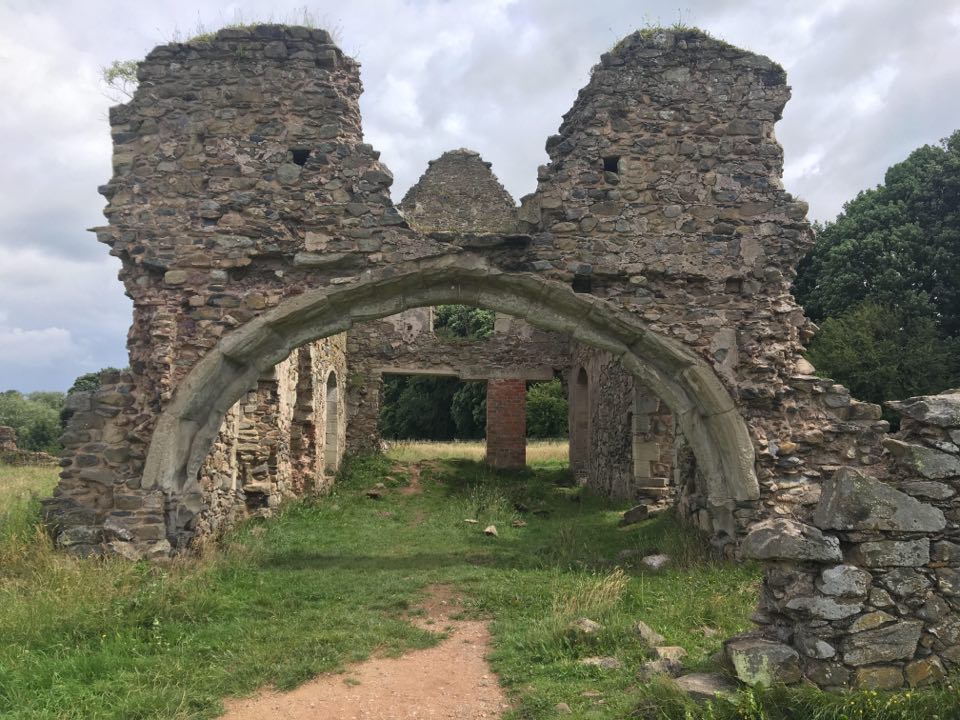
Photo © Alison Mott
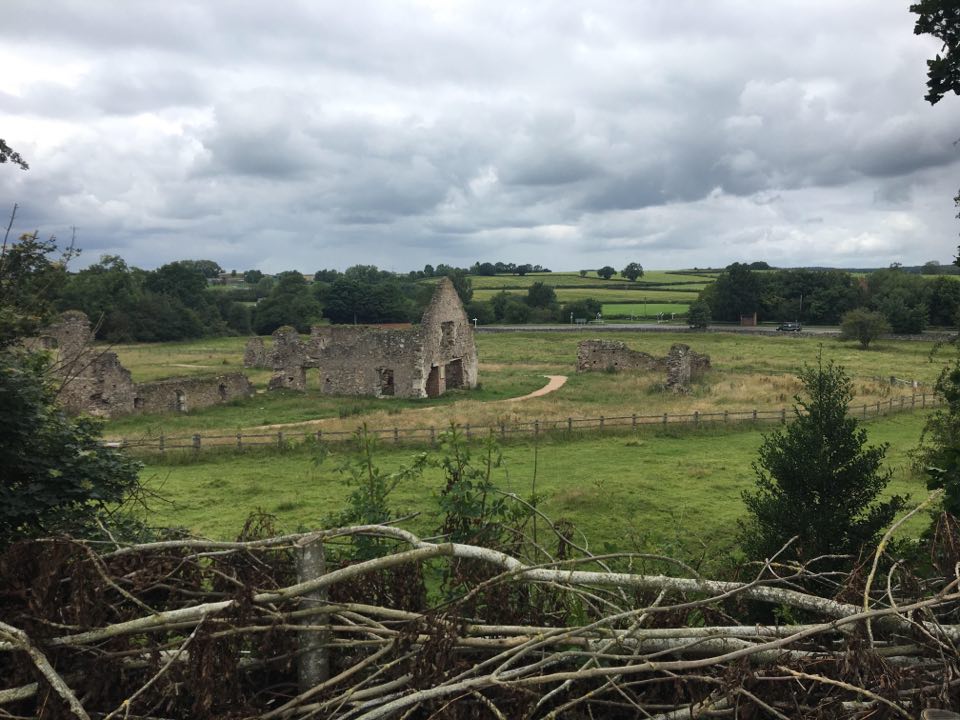
Photo © Alison Mott
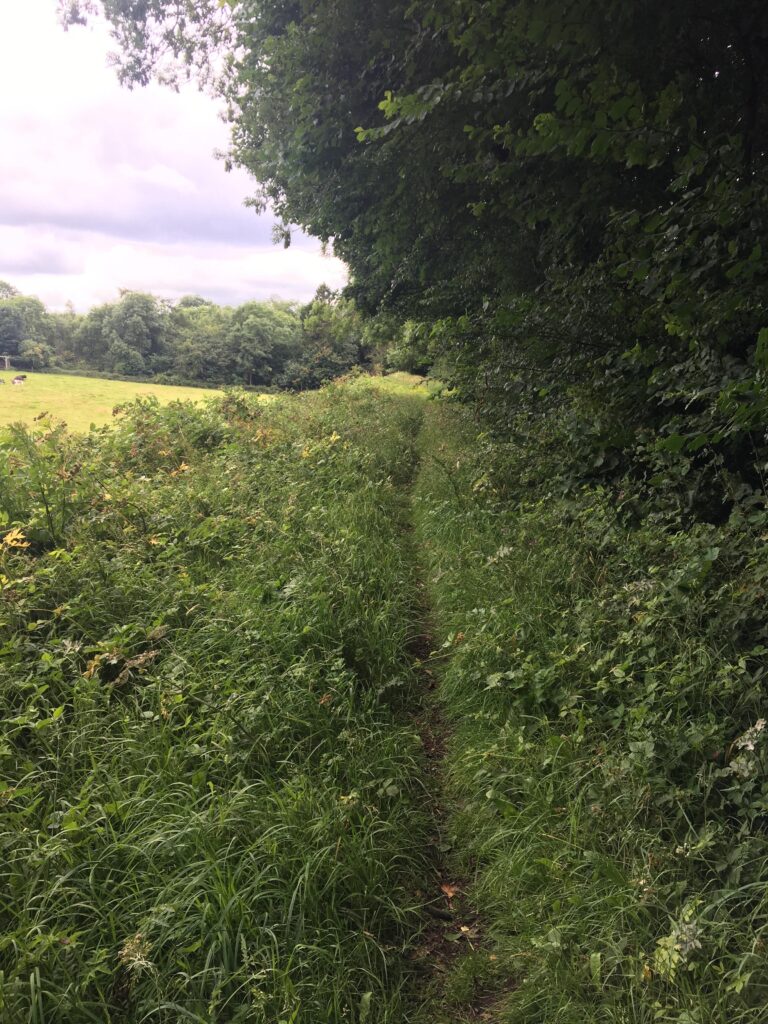
Photo © Alison Mott
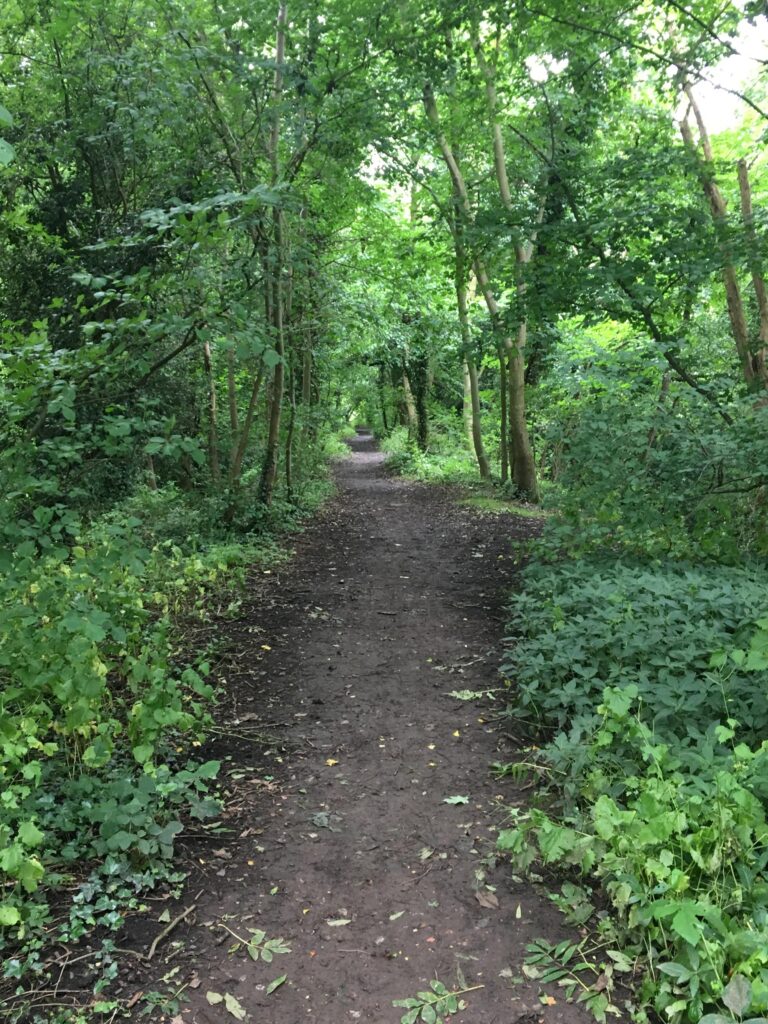
Photo © Alison Mott
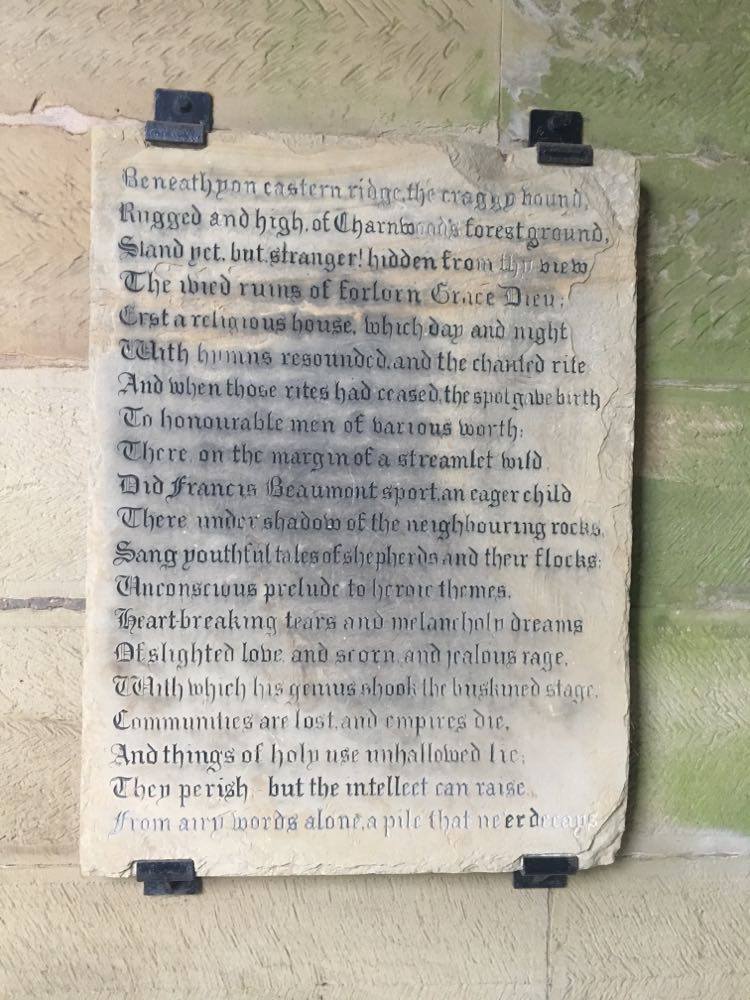
Photo © Alison Mott